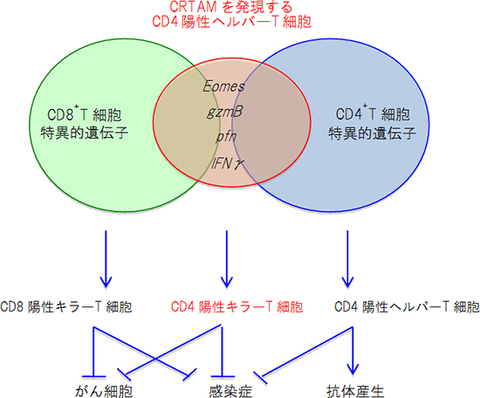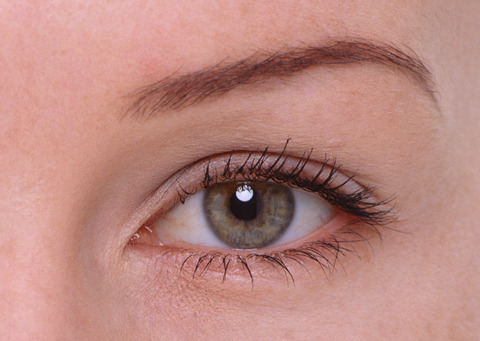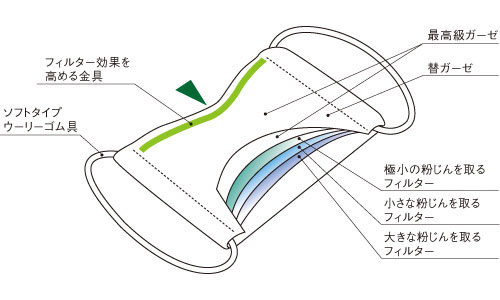
Remdesivir
米医療関連ニュースサイトのSTATは16日、米バイオ医薬品メーカーのギリアド・サイエンシズが開発した抗ウイルス薬「レムデシビル」の臨床試験(治験)で、新型コロナウイルスに感染した患者が急速に回復していると報じた。
STATによると、重症の113人を含む125人の新型コロナ患者を対象としたシカゴ大医学部による治験で、レムデシビルを毎日投与したところ、発熱や呼吸器症状が著しく改善し、1週間以内にほぼ全ての患者が退院した。死亡したのは2人のみだったという。
ギリアドはSTATに対し、「進行中の治験のデータが利用可能になることを楽しみにしている」と述べた。
トランプ大統領は先月、レムデシビルについて「非常に良い結果が得られたようだ」と述べ、有望な治療薬になり得るとの見方を示していた。
Successful clinical trial of Remdesivir on COVID-19
On the 16th, STAT, a US medical news site, is rapidly recovering patients infected with the new coronavirus in a clinical trial of the antiviral drug "Remdesibir" developed by US biopharmaceutical manufacturer Gilead Sciences. I reported.
According to STAT, daily Remdesivir treatment significantly improved fever and respiratory symptoms in a study by the University of Chicago School of Medicine in 125 new corona patients, including 113 with severe illness, and significantly improved fever and respiratory symptoms, almost all within a week. Patient was discharged. Only two died.
Gilead told STAT, "We are looking forward to the availability of data from ongoing clinical trials."
Last month, President Trump said that "it seems to have been very good results" about Remdesivir, and he said that it could be a promising therapeutic drug.
การทดลองทางคลินิกที่ประสบความสำเร็จของ Remdesivir บน COVID-19
ในวันที่ 16 กันยายนเว็บไซต์ข่าวทางการแพทย์ของสหรัฐกำลังฟื้นตัวผู้ป่วยที่ติดเชื้อ coronavirus ใหม่อย่างรวดเร็วในการทดลองทางคลินิกของยาต้านไวรัส "lemdecibir" ที่พัฒนาโดยผู้ผลิตยาชีวเภสัชศาสตร์ Gilead Sciences ฉันรายงาน
จากข้อมูลของ STAT การรักษาโรค lemdecivir ทุกวันช่วยให้มีไข้และอาการระบบทางเดินหายใจดีขึ้นอย่างมีนัยสำคัญในการศึกษาโดยมหาวิทยาลัยแพทยศาสตร์แห่งมหาวิทยาลัยชิคาโกในผู้ป่วย 125 คนใหม่รวมถึง 113 ที่ป่วยหนักและมีไข้และระบบทางเดินหายใจดีขึ้น ผู้ป่วยถูกปล่อยออกมา มีเพียงสองคนเท่านั้นที่ตายไป
Gilead กล่าวกับ STAT ว่า "เรารอคอยที่จะมีข้อมูลจากการทดลองทางคลินิกอย่างต่อเนื่อง
month เมื่อเดือนที่แล้วประธานาธิบดีทรัมป์กล่าวว่า "ดูเหมือนว่าจะได้ผลดีมาก" เกี่ยวกับเลมเดซีบีร์และเขาบอกว่ามันอาจเป็นยารักษาโรคที่มีแนวโน้ม
https://headlines.yahoo.co.jp/hl?a=20200417-00000050-jij-n_ame
Remdesivir
https://ja.wikipedia.org/wiki/%E3%83%AC%E3%83%A0%E3%83%87%E3%82%B7%E3%83%93%E3%83%AB
Gilead Sciences
https://www.gilead.co.jp/
https://ja.wikipedia.org/wiki/%E3%82%AE%E3%83%AA%E3%82%A2%E3%83%89%E3%83%BB%E3%82%B5%E3%82%A4%E3%82%A8%E3%83%B3%E3%82%B7%E3%82%BA




















